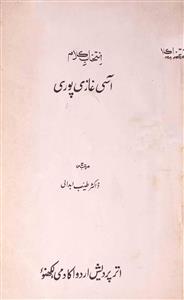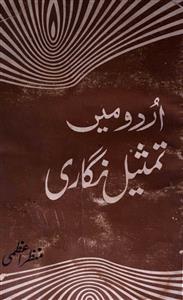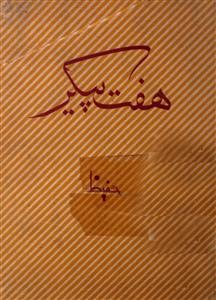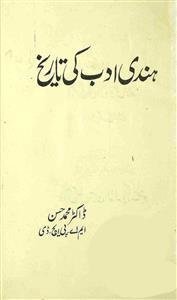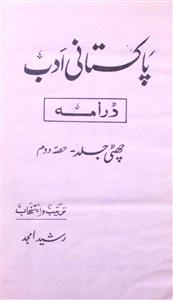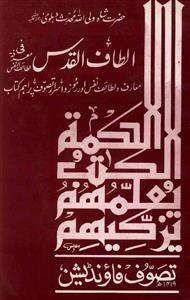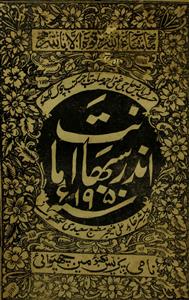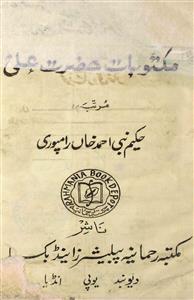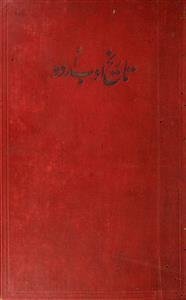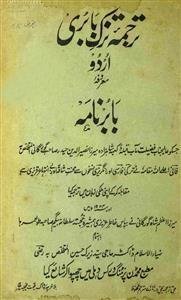 For any query/comment related to this ebook, please contact us at haidar.ali@rekhta.org
For any query/comment related to this ebook, please contact us at haidar.ali@rekhta.org
About The Book
اس مجموعہ میں حضرت آسی کے منتخب کلام کو لیا گیا ہے ۔ ان کا شمار ان صوفیوں اور خانقاہ نشینوں میں ہوتا ہے جنہوں نے اردو شعر و ادب کی گراں قدر خدمات انجام دیں۔ انہوں نے ہمیشہ شاعری کے منصب و مقصد کو پیش نظر رکھا اور شعر کو لفظی بازیگری کا نمونہ نہیں بننے دیا۔ تصوف نے ان کے رنگ تغزل کو پاکیزگی اور ہردلعزیزی عطا کی ۔ مقدمہ میں طیب ابدالی ریڈر شعبہ اردو مگدھ یونیورسٹی نے شیخ آسی اور ان کے تغزل پر شاندار بحث پیش کی ہے۔ کتاب کے مطالعہ سے نہ صرف ان کے فن بلکہ ان کی شخصیت سے بھی واقفیت مل جاتی ہے۔ اس کے بعد منظوم کلام کا آغاز ہوتا ہے۔ ابتدا حروف تہجی کا پہلا لفط الف ردیف سے ہوتی ہے ۔ اس تسلسل کی انتہا کے بعد کچھ رباعیات ، سلام وغیرہ ہیں۔ اشعار کے اوزان میں روانی ہے، لہٰذا پڑھنے میں سرور محسوس ہوتا ہے۔
About The Author
One of the well-known Urdu poets, Aasi Ghazipur, originally named Abdul Aleem, was born in a place called Sikandarpur in the district of Balia in the state of Uttar Pradesh on 21 December, 1834. He received his early education from his maternal grandfather following which she shifted to Jaunpur where he studied under Abdul Haleem Firangi Mahali. Although he had not received a formal education in Unani system of medicine but he acquired reasonable knowledge in this field as well. Naturally inclined towards poetry, he started composing poems during the period of his studies. To acquire certain expertise in the art of poetry, he sought counselling from Afzal Allahabadi who had been the disciple of Nasikh. Aasi published his divan under the title of Ainu-ul-Ma’arif. He passed away on 24 January, 1917, in Ghazipur.
Aasi’s poetry is essentially mystical in nature. It is claimed that he is the most respectable after Meer Dard to have written this kind of poetry.
 For any query/comment related to this ebook, please contact us at haidar.ali@rekhta.org
For any query/comment related to this ebook, please contact us at haidar.ali@rekhta.org
Write a Review
Jashn-e-Rekhta 10th Edition | 5-6-7 December Get Tickets Here
